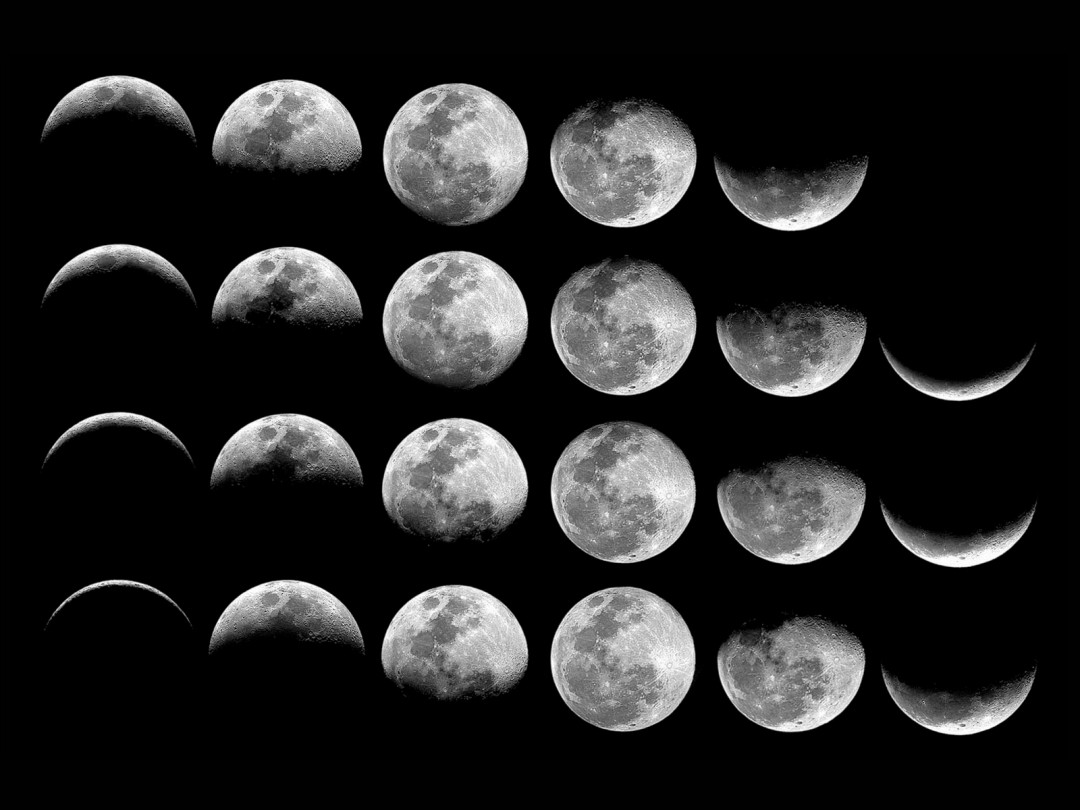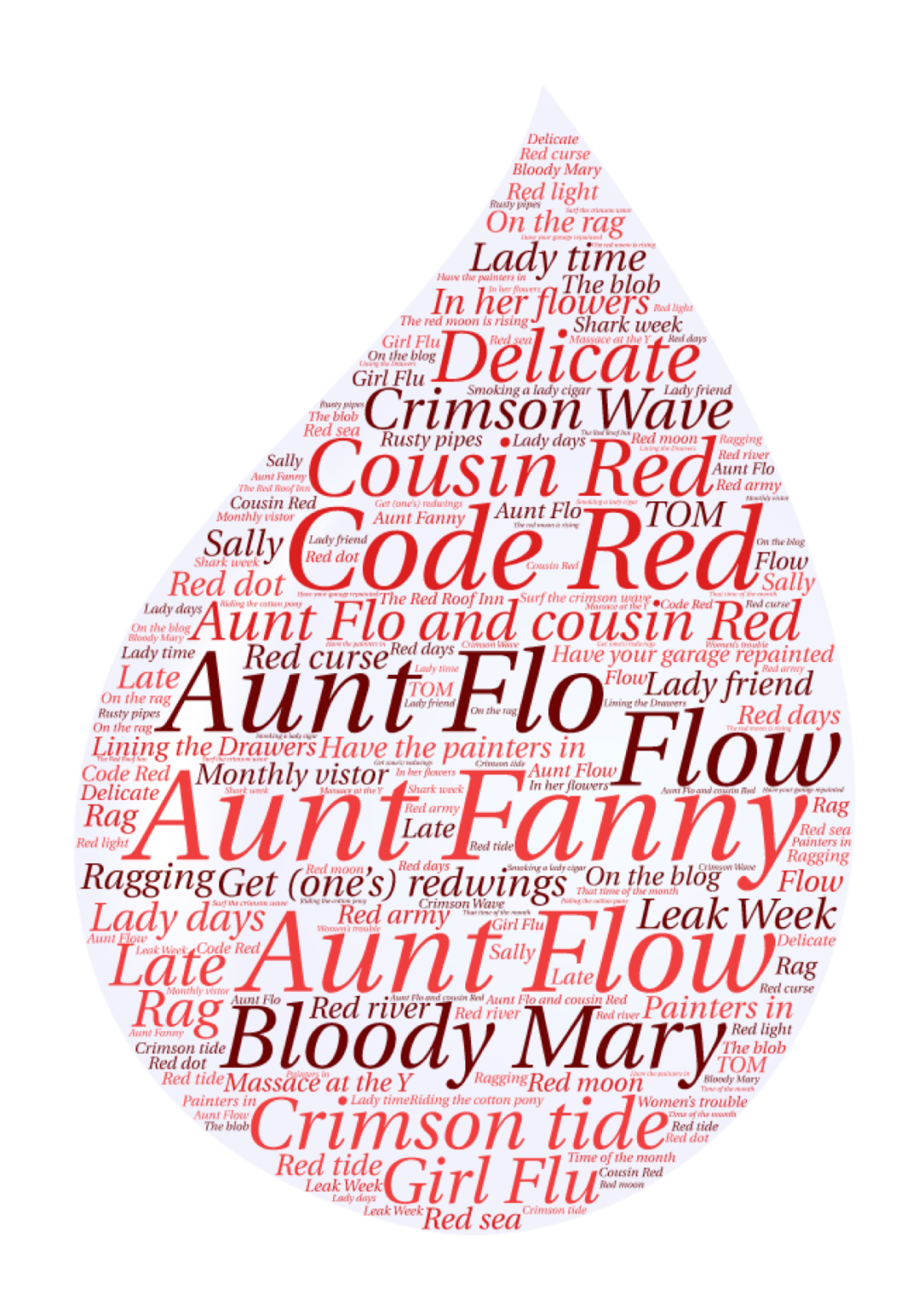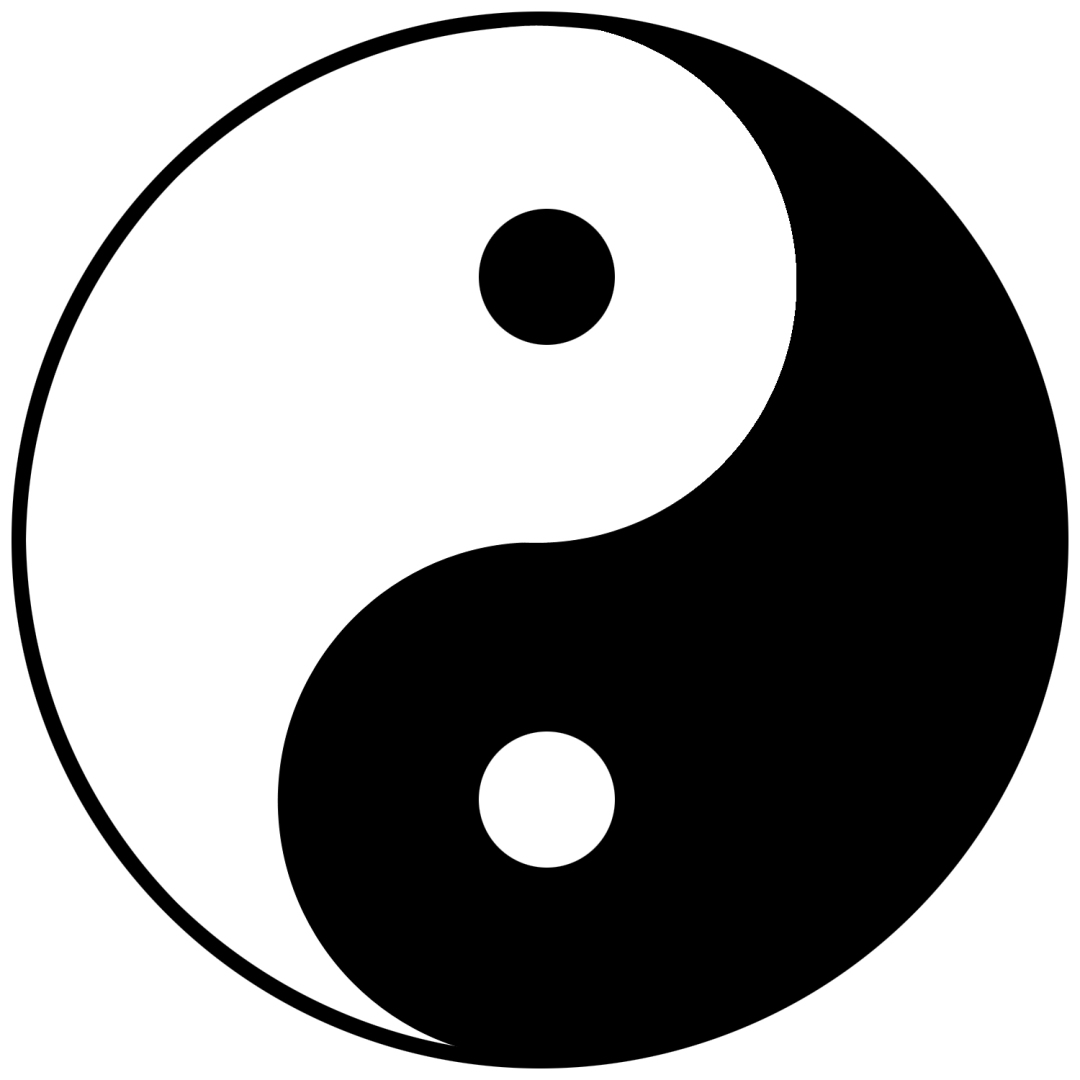“A people without the knowledge of their past history, origin and culture is like a tree without roots”. – Marcus Garvey, influential Jamaican thinker
February marks Black History Month in the USA and Canada, which was created to “signify and remember important people and events in the history of the African diaspora” [Source: Wikipedia]. Although it is formally celebrated in October in the UK, this blogpost primarily focuses on the history of slavery in a UK context and is inspired by a recent visit to the International Slavery Museum in Liverpool.
Every time Black History Month comes around, it sparks a debate on the “usefulness and fairness of a designated month dedicated to the history of one race” [Source: Wikipedia]. I’ve learnt a lot from information circulated during Black history month that I’d been never taught in school or learned elsewhere, but I strongly believe that a) black history didn’t start with slavery, b) black history isn’t somehow separate from the rest of history and c) we’re all still experiencing the resonance from the trauma past in the present.
Black history didn’t start with slavery
“Slavery is not African history. Slavery interrupted African history”. – Mutabaruka, Jamaican Rastafari dub poet
The section of the International Slavery Museum on “Africa before European slavery” is vitally important. As is the research by Afrocentric historians such as Cheikh Anta Diop, Chancellor Williams and John G. Jackson. The recent exchange between Dr Sally-Ann Ashton, who founded Kemet Expert, a blog dedicated to African-centred Egyptology, and the British Museum illustrates the conventional approach to including Africans in their interpretation of history.
“He who controls the past controls the future. He who controls the present controls the past.” ― George Orwell, 1984
Black history isn’t separate from the rest of history
Another powerful aspect of the International Slavery Museum in Liverpool is the way that the exhibition explicitly links the profits that were derived from the slave trade to the economic growth of western Europe. “Much of the social life of Western Europe in the 18th century depended on the products of slave labour. In homes and coffee houses, people met over coffee, chocolate or tea, sweetened with Caribbean sugar. They wore clothes made from American cotton and smoked pipes filled with Virginian tobacco. They used furniture made from mahogany and other tropical woods” [Source: International Slavery Museum].
The infrastructure of the modern banking, insurance and investment sectors were developed to fund the slave trade. Major charities, schools, universities, cultural institutions, stately homes and large infrastructure projects such as railways, that exist to this day, were all built from the profits of slavery and from the huge payouts that were given to slave owners in the UK as compensation for abolition. The Slavery Abolition Act of 1833 formally freed 800,000 Africans who were at that time considered to be the legal property of Britain’s slave owners. The act made a provision for a total of £20 million financial compensation to be paid to the 46,000 slave owners, funded by the British taxpayer, for the loss of their “property”. This represented 40% of the total government expenditure in 1834 and is equivalent to ~£17billion in modern times. The same act compelled the people who had been enslaved to provide 45 hours of unpaid labour to their former masters each week, for a further four years after their “so-called” liberation.
So, what is conventionally referred to as black history, is intrinsically linked to the very fabric and structure of modern society and industry.
It’s also important to note that black people aren’t completely separate from others, some of my ancestors were enslaved people, but other ancestors were overseers, ship’s captains, slave owners and indentured workers who emigrated to Jamaica to fill the labour gap after slavery ended, so within one example of a family constellation, all facets of slavery exist.
We’re still experiencing the resonance of this history
Those who benefited from slavery and set out to defend it, codified and disseminated a propaganda campaign through books, pamphlets, cartoons and speeches. This campaign sought to legitimize slavery by claiming that enslaved African were inferior, backwards and barbaric.
“For they cannot be justified, unless they shall be able to prove, that a Negro slave is neither man, woman nor child” – Granville Sharp, abolitionist, 1769
Firstly, these stereotypes still cast a shadow in overt and more subtle forms of mental slavery today.
Secondly, the unremitting trauma endured those who lived through capture, the Middle Passage and then misery of life under slavery, together with resilience and survival skills, was passed down to their descendants. Dr. Rachel Yehuda, a neuroscientist and the director of the traumatic stress studies division at Mount Sinai School of Medicine in New York has published recent research demonstrating epigenetic inheritance. The sociologist Dr. Joy DeGruy coined the term Post Traumatic Slave Syndrome to describe the residual impacts of generations of slavery after twelve years of quantitative and qualitative research. This fascinating research by a team at Pennslyvania State University suggests that ancestral memory is more important than lived experience in adult physiological stress response.
Thirdly, the long-term impact of the African diaspora on countries in Africa, in terms of depopulation and under development and the perpetuation of unbalanced global trade relationships.
There are people who respond to Black History Month complaining that we should forget about the past, perhaps through shame or fears of further calls for reparations. As I’ve shown in this post, I believe that the past is very much alive in the present and available for us to learn from. As an endnote, recent advances in quantum theory substantiate the theory that time is an illusion where the the past, present and future exist together and are all equally “real”.
Featured image published under Creative Commons license

 Menstruation is seen as a
Menstruation is seen as a 





